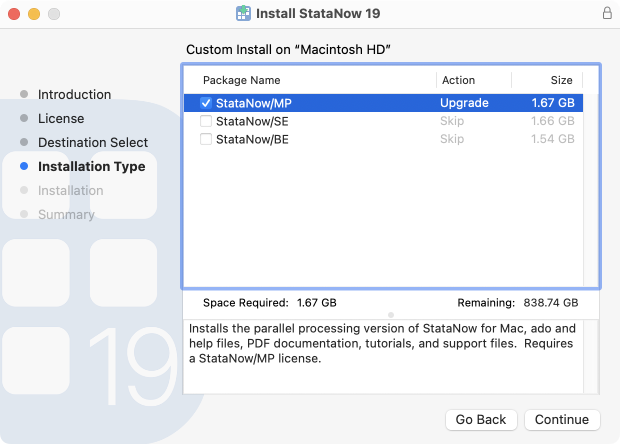

The SAS macro also performs classical two-way cross-tabulations and refines output into publication-quality tables. Methods: We developed a generic SAS macro, %svy_freqs, to create quality publication-ready tables from cross-tabulations between a factor and a by-group variable given a third variable using survey or non-survey data. In addition, performing three-way cross-tabulations of complex survey data such as those required to show the distribution of disease prevalence across multiple factors and a by-group variable is not easily implemented directly using available standard procedures of commonly used statistical software. Most available statistical analysis software can easily perform cross-tabulations, however, output from these must be processed further to make it readily available for review and use in a publication. They become more useful when comparisons are presented using a by-group variable such as key demographic characteristic or an outcome status for instance, sex or the presence or absence of a disease status. Introduction: In epidemiological studies, cross-tabulations are a simple but important tool for understanding the distribution of socio-demographic characteristics among study participants. Hence, the picture of a rigid German social structure should be reconsidered. In contrast to previous studies, my results indicate high social fluidity and no changes in relative mobility over time. I therefore conclude that there are no cohort trends in absolute or relative intergenerational mobility in West Germany, implying that it is not on its way to becoming a society of downward mobility. However, I do not find any cohort trends in absolute mobility rates and do not detect any changes in social fluidity patterns. Compared to previous studies, I observe significantly higher rates of downward mobility. Therefore, I analyze the occupational data of 7,416 38- to 42-year-olds born between 19 belonging to the sixth starting cohort of the National Educational Panel Study (NEPS).

Using this operationalization, I aim to answer the question of how far intergenerational mobility patterns have changed over time in West Germany. Based on this measurement I calculate absolute and relative intergenerational mobility patterns.

In order to estimate social mobility patterns net of occupational upgrading, I propose an operationalization involving administrative data to measure social positions by applying a percentile approach. Many studies on social mobility use operationalizations of social positions that do not take occupational upgrading into account.


 0 kommentar(er)
0 kommentar(er)
